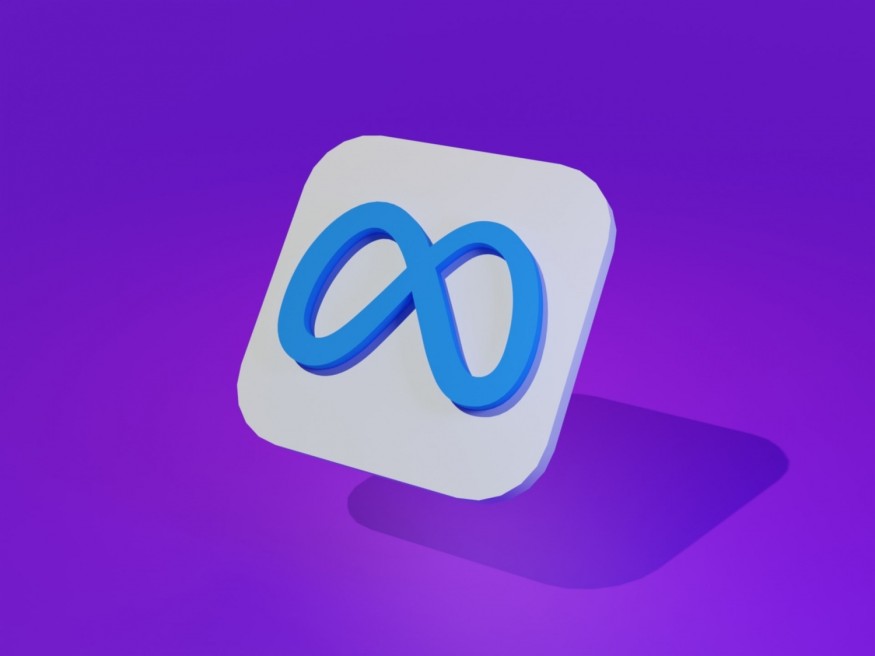Social media giant Meta has developed a single AI model that can translate between 200 different languages, many of which are not supported by existing commercial tools. In an effort to encourage others to build on its work, the business keeps the project open source.

Meta AI Universal Language Translator Model
Meta's goal is to produce a so-called universal speech translator. The AI model is part of the No Language Left Behind project. The company believes that the translator is crucial for growth across the company's multiple platforms, such as Facebook and Instagram. The company also plans to use the translator in developing domains like VR and AR.
Meta's model is all-encompassing as it can translate 200 distinct languages in more than 40,000 different directions. Although Meta works on popular languages, it is also interested in incorporating low-resource languages into the model. Languages with fewer than 1 million publicly available translated sentence pairs are considered low-resource languages. Several African and Indian languages fall in this category as they are not usually supported by commercial machine translation tools. Meta presented at Meta AI's website a demolab that uses AI advancements.
Angela Fan, a Meta AI research scientist, told the Verge that the team was inspired by the lack of attention paid to lower resource languages in the field. She said they launched the project since translation doesn't even work for the languages people speak. She added that they have what she called an inclusion motivation, asking what it would take to produce translation technology that works for everybody.
Fan said the model is already being tested to support a project helping Wikipedia editors translate articles into different languages. It is expected that the method translation tools to be created would use the techniques developed in creating the model.
ALSO READ : Facebook Will Get a New Name Soon; Mark Zuckerberg's Rebranding Scheme Focused on the Metaverse
Meta Artificial Intelligence (AI) BLEU Language Translation Benchmark
To assess the effectiveness of the new model's output, the method develops a test dataset of 3001 sentence pairs for each language it supports. Each sentence pair was translated from English into a target language by someone who is both a native speaker and a professional translator.
The researchers run the sentences through the model and use a standard machine translation benchmark called BLEU. The translation benchmark allows researchers to assign numerical scores that measure the overlap between pairs of sentences. Although BLEU ratings enable users to assess the relative development of various machine translation models, they do not precisely indicate a program's capacity to generate human-quality translations.
Based on the result, Meta claims its model improves BLEU by 44% across supported languages. Yet, the benchmark assessment requires context, as is often the case in AI research.
A principal research manager who works on machine translation at Microsoft, Christian Federmann, said that the project's overall goal of extending the use of machine translation software to less-covered languages is commendable. However, he added that BLEU scores by themselves can only offer a limited measure of output quality.
"Translation is a creative, generative process which may result in many different translations which are all equally good (or bad). It is impossible to provide general levels of 'BLEU score goodness' as they are dependent on the test set used, its reference quality, but also inherent properties of the language pair under investigation," Federmann said.
RELATED ARTICLE: Facebook Announces Deactivation of Facial Recognition System; Will This Be a Concern for Blind, Visually Impaired Users?
Check out more news and information on Technology in Science Times.











